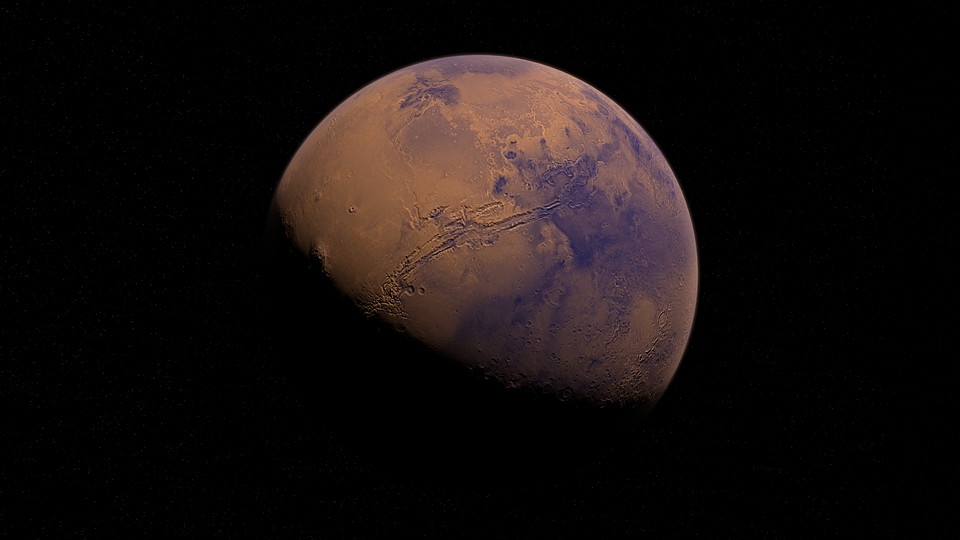As far as we know, interplanetary travel could take up to years, with the journey to Mars alone taking almost a year to make. As NASA prepares for its upcoming Mars and Moon missions, the agency has received a promising design for a spacecraft engine that could potentially speed up space travel by a big amount.
The design was drafted by Seattle, Washington-based company Ultra Safe Nuclear Technologies, which details the use of a nuclear thermal propulsion engine. The firm designed the NTP with the Mars mission in mind, the NTP being able to take humans from Earth to Mars in a span of only three months. Their design follows NASA’s plans to venture into the use of nuclear power for its future space missions.
A nuclear thermal propulsion engine system makes use of nuclear fission or power from splitting atoms to create thrust. This is typically the more efficient method compared to chemical rockets that are more commonly used.
“We want to lead the effort to open new frontiers in space and do it quickly and safely,” said USNC-Tech principal engineer Michael Eades. Eades also noted that their design would be more reliable than other designs and that it also has a specific impulse or amount of thrust from a propellant that is more than two times the amount of chemical systems.
With this method, experts believe that it could reduce the travel time from Earth to Mars one way by a significant amount. Using an NTP would only take three months from Earth to Mars in one way.
Aside from the upcoming Mars and Moon missions, there is also the ongoing probe into the asteroid Bennu being done by NASA. The agency released photos showing the landing of the Osiris-REx spacecraft onto the asteroid, and images of the spacecraft collecting soil samples. This is NASA’s first try in collecting asteroid samples a year after Japan’s own space agency JAXA bombed another asteroid, Ryugu, to collect samples.
The samples from Bennu would be returning to Earth by 2023, and the samples from Ryugu would be returning by the end of 2020.



 Why is the universe ripping itself apart? A new study of exploding stars shows dark energy may be more complicated than we thought
Why is the universe ripping itself apart? A new study of exploding stars shows dark energy may be more complicated than we thought  Larger and more frequent solar storms will make for potential disruptions and spectacular auroras on Earth
Larger and more frequent solar storms will make for potential disruptions and spectacular auroras on Earth  Alpha, beta, theta: what are brain states and brain waves? And can we control them?
Alpha, beta, theta: what are brain states and brain waves? And can we control them?  What is minoxidil, the anti-balding hair growth treatment? Here’s what the science says
What is minoxidil, the anti-balding hair growth treatment? Here’s what the science says  The brightest object in the universe is a black hole that eats a star a day
The brightest object in the universe is a black hole that eats a star a day  Could a telescope ever see the beginning of time? An astronomer explains
Could a telescope ever see the beginning of time? An astronomer explains  Dark energy is one of the biggest puzzles in science and we're now a step closer to understanding it
Dark energy is one of the biggest puzzles in science and we're now a step closer to understanding it  The mystery of consciousness shows there may be a limit to what science alone can achieve
The mystery of consciousness shows there may be a limit to what science alone can achieve  Customizing mRNA is easy, and that's what makes it the next frontier for personalized medicine − a molecular biologist explains
Customizing mRNA is easy, and that's what makes it the next frontier for personalized medicine − a molecular biologist explains  The brain is the most complicated object in the universe. This is the story of scientists’ quest to decode it – and read people’s minds
The brain is the most complicated object in the universe. This is the story of scientists’ quest to decode it – and read people’s minds  Synthetic human embryos let researchers study early development while sidestepping ethical and logistical hurdles
Synthetic human embryos let researchers study early development while sidestepping ethical and logistical hurdles  Archeoastronomy uses the rare times and places of previous total solar eclipses to help us measure history
Archeoastronomy uses the rare times and places of previous total solar eclipses to help us measure history  Genetic diseases: How scientists are working to make DNA repair (almost) a piece of cake
Genetic diseases: How scientists are working to make DNA repair (almost) a piece of cake  How do airplanes fly? An aerospace engineer explains the physics of flight
How do airplanes fly? An aerospace engineer explains the physics of flight 






























